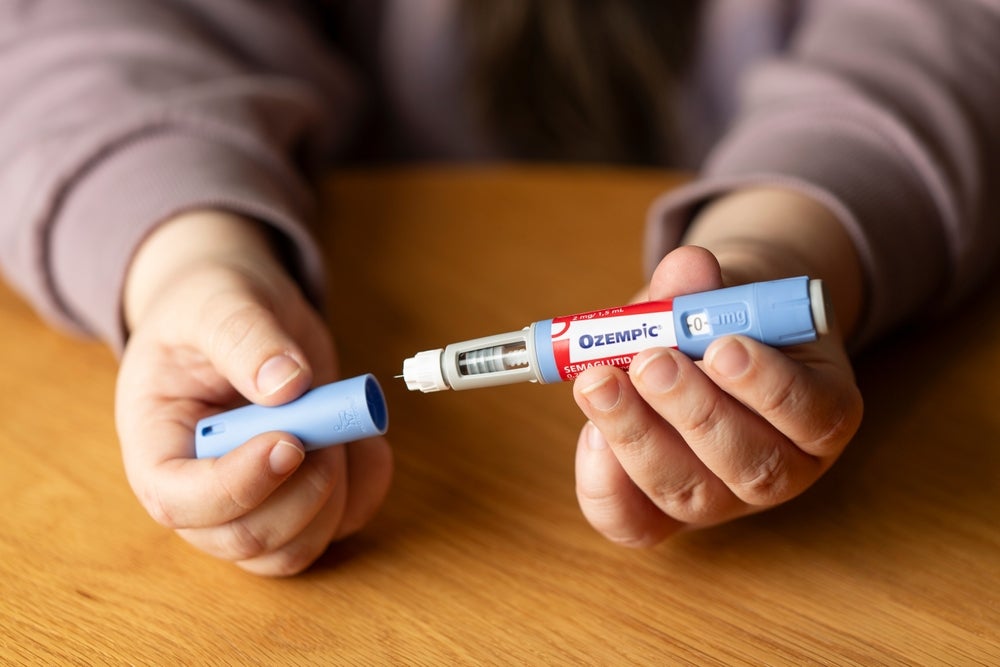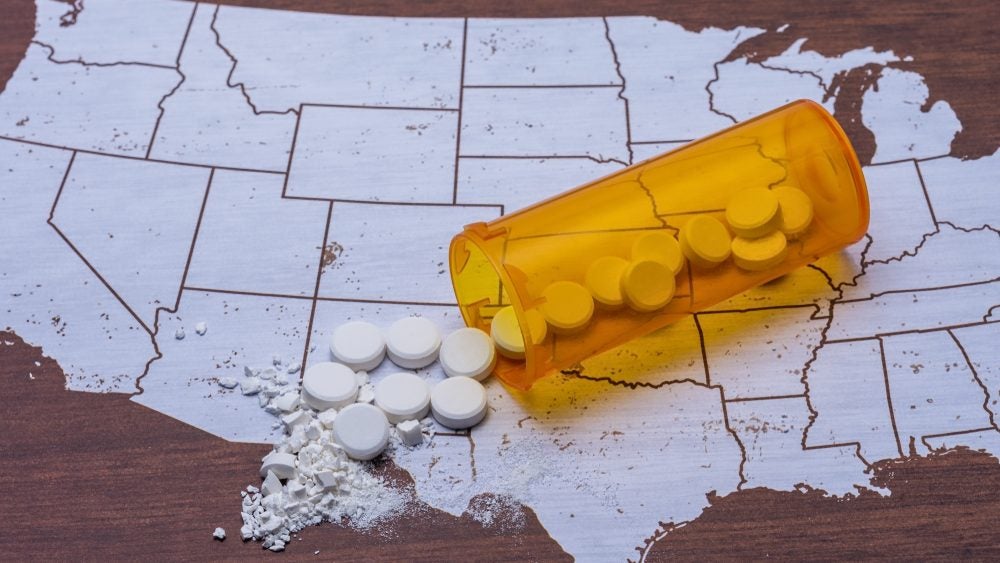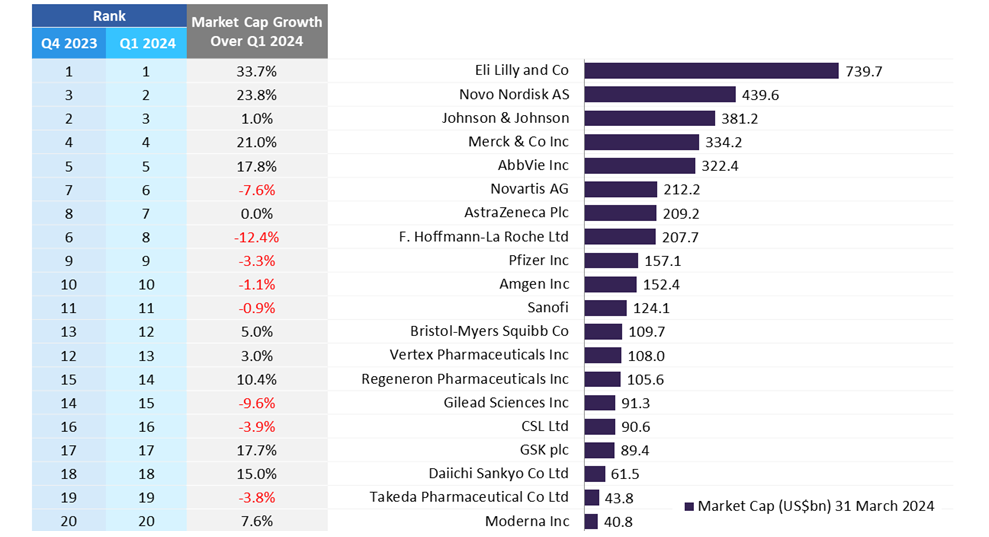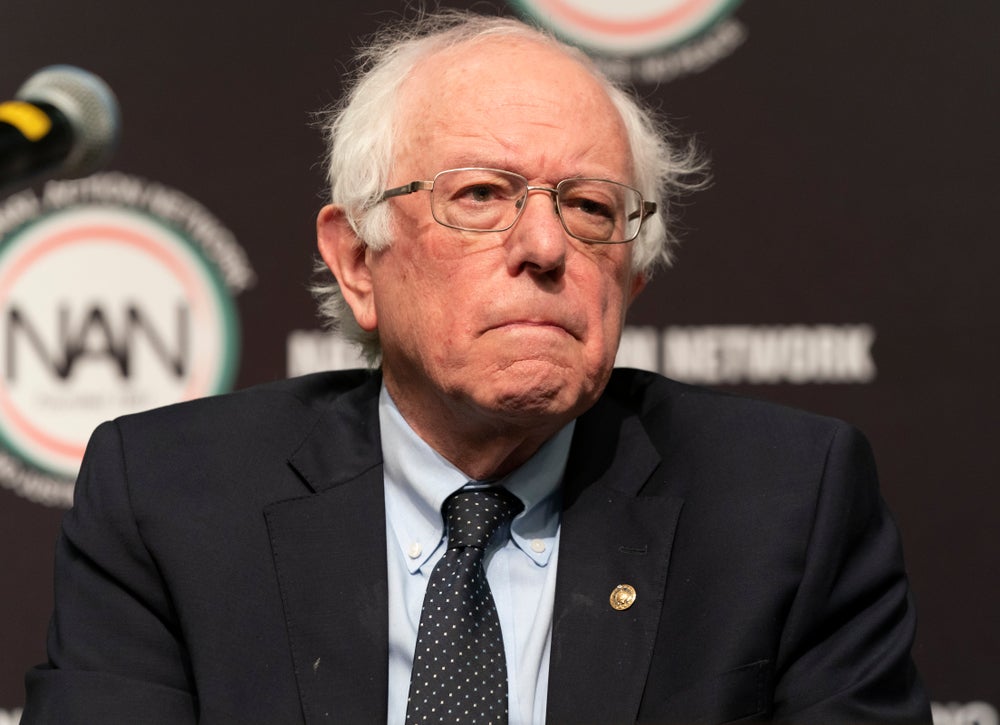
In October, the European Medicines Agency (EMA) alerted both patients and regulators of reported cases of falsified Ozempic (semaglutide) pens found with wholesalers in the EU and the UK. The report was quickly corroborated by the UK’s Medicines and Healthcare products Regulatory Agency, which identified falsely labelled Ozempic pens at two UK-based wholesalers. Since then, the US Food and Drug Administration (FDA) has also reported counterfeit Ozempic pens being spotted in the US in November.
While counterfeit and fraudulent medicines have long been an issue in the sector the high demand for anti-obesity drugs, and the resultant shortages, have made them a target for illicit actors.
In an interview with Pharmaceutical Technology, Timothy Mackey, PhD, adjunct professor of anthropology at University of California, San Diego, talks about the scale of the fraudulent drug market and the recent reports of counterfeit Ozempic pens affecting patients and regulators alike.
This interview has been edited for clarity and length.
Adam Zamecnik [AZ]: You’ve covered the issue of counterfeit drug penetration into global medicine supply chains in your academic work. How big is this issue?
See Also:
Timothy Mackey [TM]: It is hard to determine the actual scale because a lot of this occurs outside of traditional reporting systems. The data that we have primarily comes from the World Health Organization (WHO), which has surveillance reporting systems where their member states report the incidence of counterfeit and falsified medicines within their jurisdictions.
How well do you really know your competitors?
Access the most comprehensive Company Profiles on the market, powered by GlobalData. Save hours of research. Gain competitive edge.

Thank you!
Your download email will arrive shortly
Not ready to buy yet? Download a free sample
We are confident about the unique quality of our Company Profiles. However, we want you to make the most beneficial decision for your business, so we offer a free sample that you can download by submitting the below form
By GlobalDataThere have been some crude estimates, but I think everyone agrees that we just don’t have good prevalence statistics of the scope of the problem. We know [counterfeit drugs] include all classes of drugs, and occur across multiple sectors, including from distribution to wholesale and down to the end user – the consumer.
If you consider the fentanyl crisis in the US, even that is a counterfeit medicines issue.
AZ: Looking specifically at the US, what are the key trends in counterfeit drugs in the country?
TM: Products like Ozempic and a lot of other diabetes-related drugs are interesting because they are reaching high popularity due to their use in weight loss. And that’s where a lot of the counterfeit products come in.
Almost a decade ago, when a weight loss product called Belviq (lorcaserin) came out, it was sold as a controlled drug. But before the FDA had even approved the drug it was already being offered online in the US. (Eisai Pharmaceuticals’ Belviq has since been withdrawn from the market due to safety concerns)
In certain markets like the US…we have a higher burden of non-communicable diseases and lifestyle issues related to obesity. Those types of markets are going to be more susceptible to counterfeits because consumers are demanding those products. The very fact that consumers are looking for weight loss products, [which means] they may not go through a traditional [channel], they may feel less comfortable going through their clinician, or it may be harder to get that prescribed because of the cost. They’re going to look for alternatives to self-medicate. And because the US is a mixed market when it comes to insurance, we’re going to have people who are uninsured and looking for these products in a secondary market. So that type of demand is sometimes related to your underlying disease burden in the country.
AZ: Recent reports of fraudulent Ozempic pens have made headlines, with the EMA even sharing an alert on this. Is there anything that makes this case unique or different from past cases?
TM: One thing that is unique is that the products are sometimes a combination of the pharmaceutical ingredient and a delivery device. Consumers are at more risk when it comes to an injection pen, like what we saw with the epinephrine pens where the device itself could be counterfeit as well as the actual pharmaceutical ingredient.
Regulators are trying to take a risk-based approach where not all counterfeits are the same. Some counterfeits may involve higher risk related to the ingredient.
We have to be cognisant of the fact that counterfeits are endemic in supply chains. With fentanyl, there is a clear risk for people because of the overdose component. With medications that can be abused, we’re also seeing the combination of novel pharmaceutical ingredients. For example, fentanyl has been in other controlled substances like Xanax and Oxycontin. But a lot of that is also being augmented with Xylazine, which is a veterinary drug. And that is meant to prolong the high that a person gets from fentanyl. So, counterfeiters can do their own innovation when it comes to pharmaceutical drug formulations. And we’re also seeing that with Ozempic where some of the product is in a compounded form.
People often think counterfeits are essentially a knockoff of a drug. But a lot of times, they could be a completely different drug, or they could be a combination of different active pharmaceutical ingredients (API). And that’s what makes them so dangerous.

AZ: There were a number of cases of fraudulent and counterfeit products reported during the Covid-19 pandemic. Did the pandemic change the field?
TM: Not really. There has been news just in the last few days about Operation Pangea, which is going on since a long time with INTERPOL, where regulators come together to talk about how many seizures they’ve had. Ozempic is one of the products that was highlighted in the last Operation Pangea and it represents some international cooperation around the issue where regulators can potentially harmonise some of their practices.
Covid-19 exposed a lot of those vulnerabilities when it came to testing kits, fraudulent cures and some vaccines, but they haven’t been addressed in any substantive way. We’re dealing with the same problems.
AZ: Are there any novel approaches and tools that you would like to highlight in the field?
TM: One of the big challenges with technology adoption in this space is that, from an industry perspective, it has to be mandated. While it is important for pharmaceutical companies to maintain the security of their supply chain, there’s a cost to that compliance, especially in markets where they feel that that compliance may not be there to begin with.
Another challenge with building solutions is that a lot of case studies are proprietary, and involve law enforcement. Often, that information can’t get out because it could jeopardise existing investigations.
We’re always going to be behind when it comes to addressing counterfeit products. It’s more about understanding that this is something endemic to our supply chains. So when new products like these weight loss drugs come out, we need to make sure that consumers don’t get them from informal markets and are protected. Those are things that we should approach almost like pandemic preparedness.






